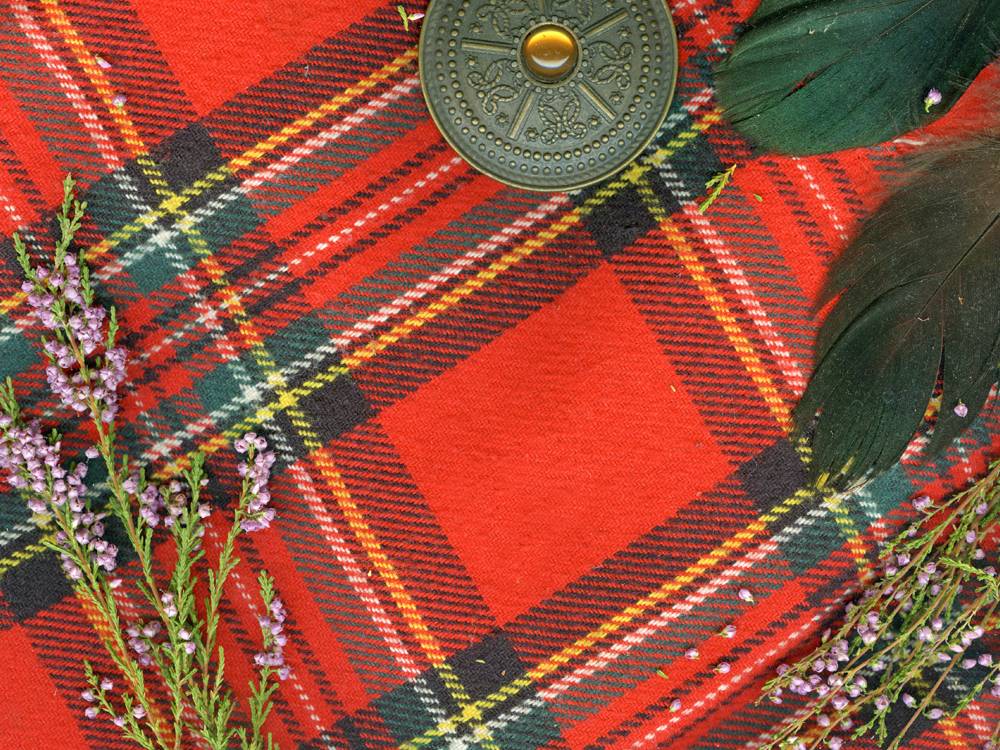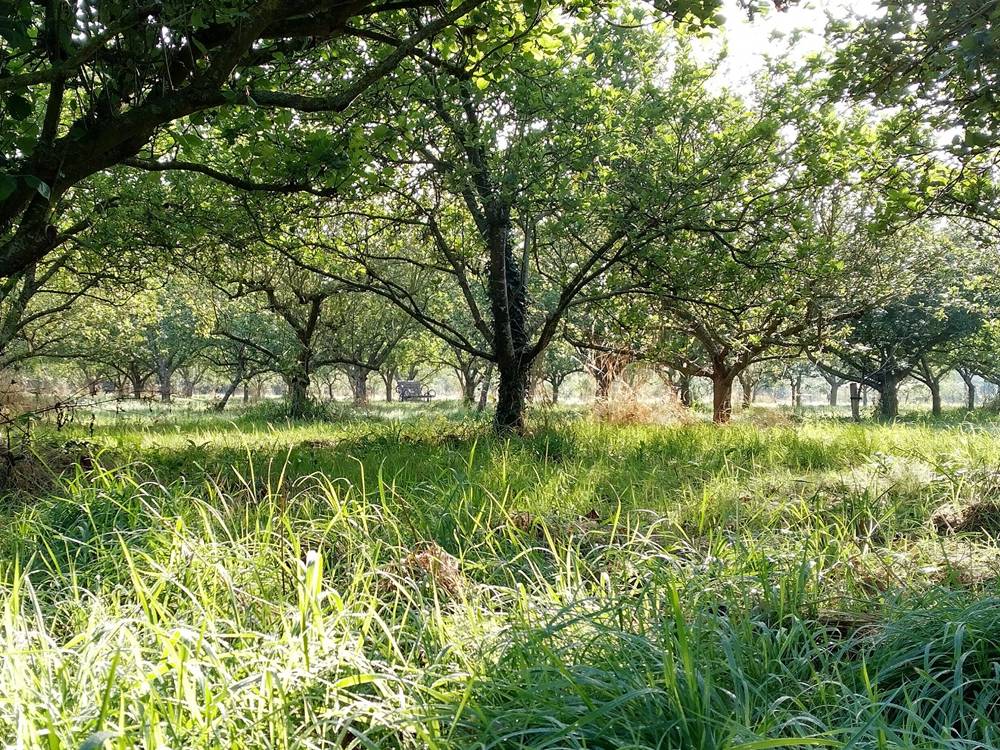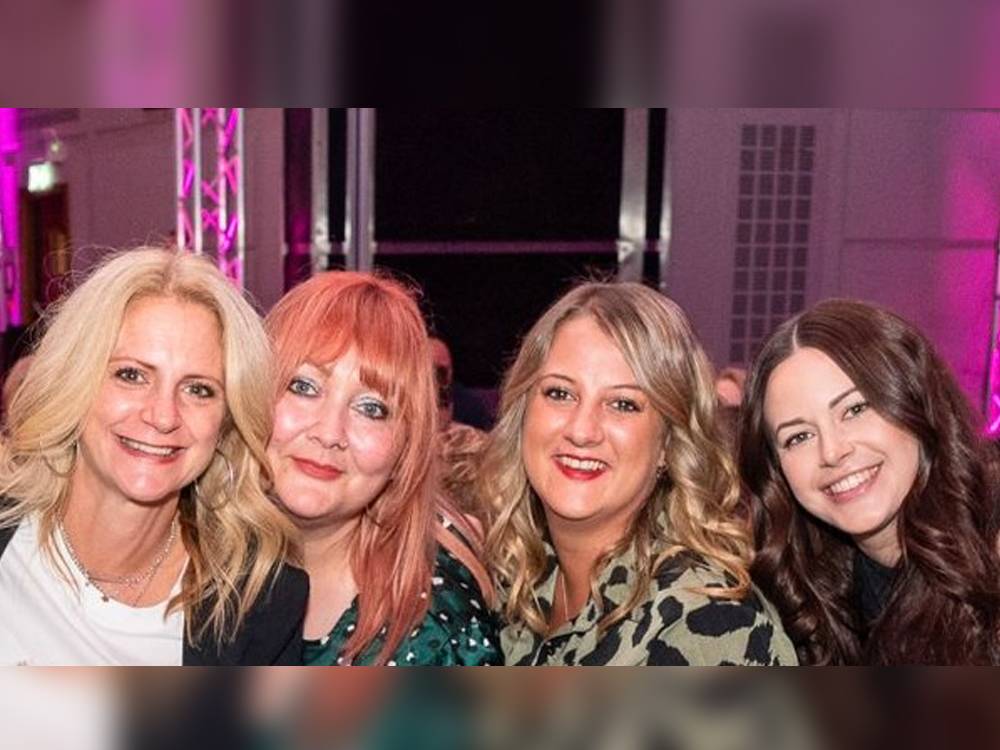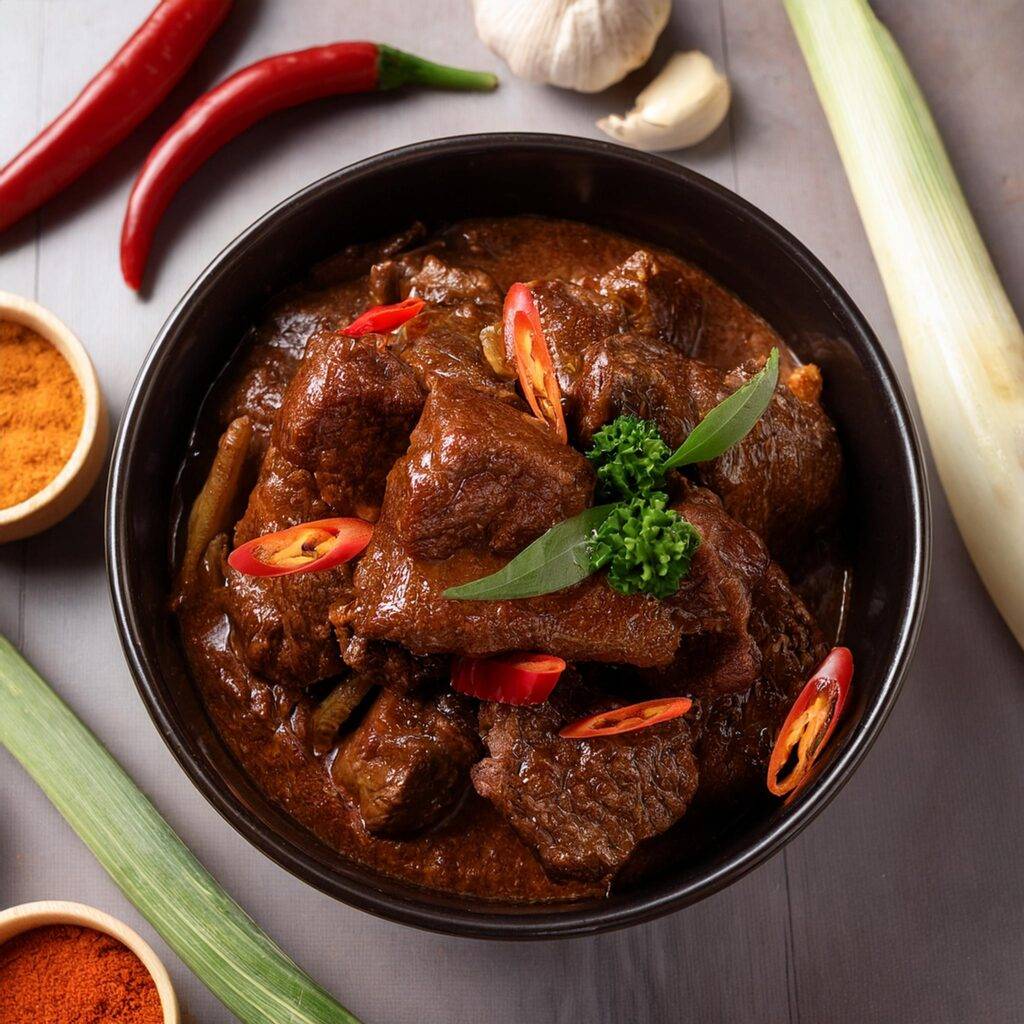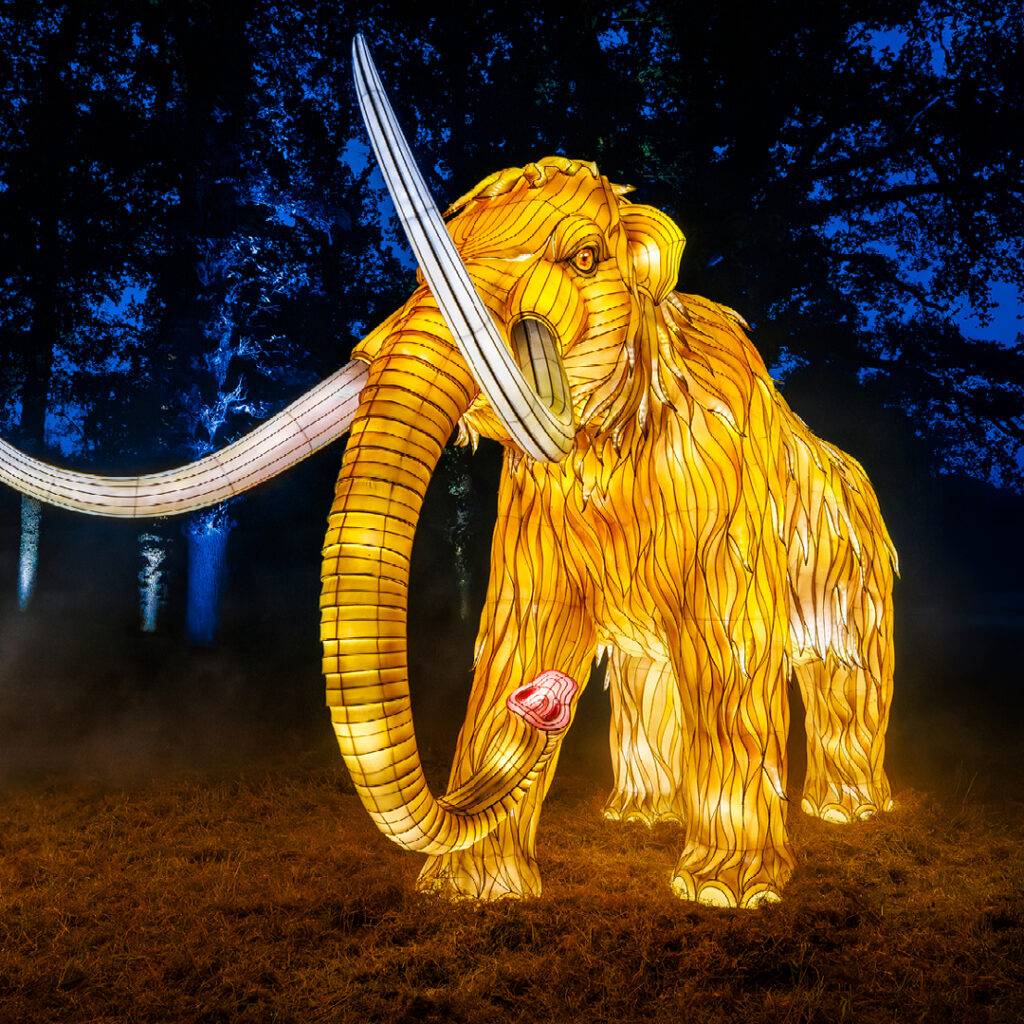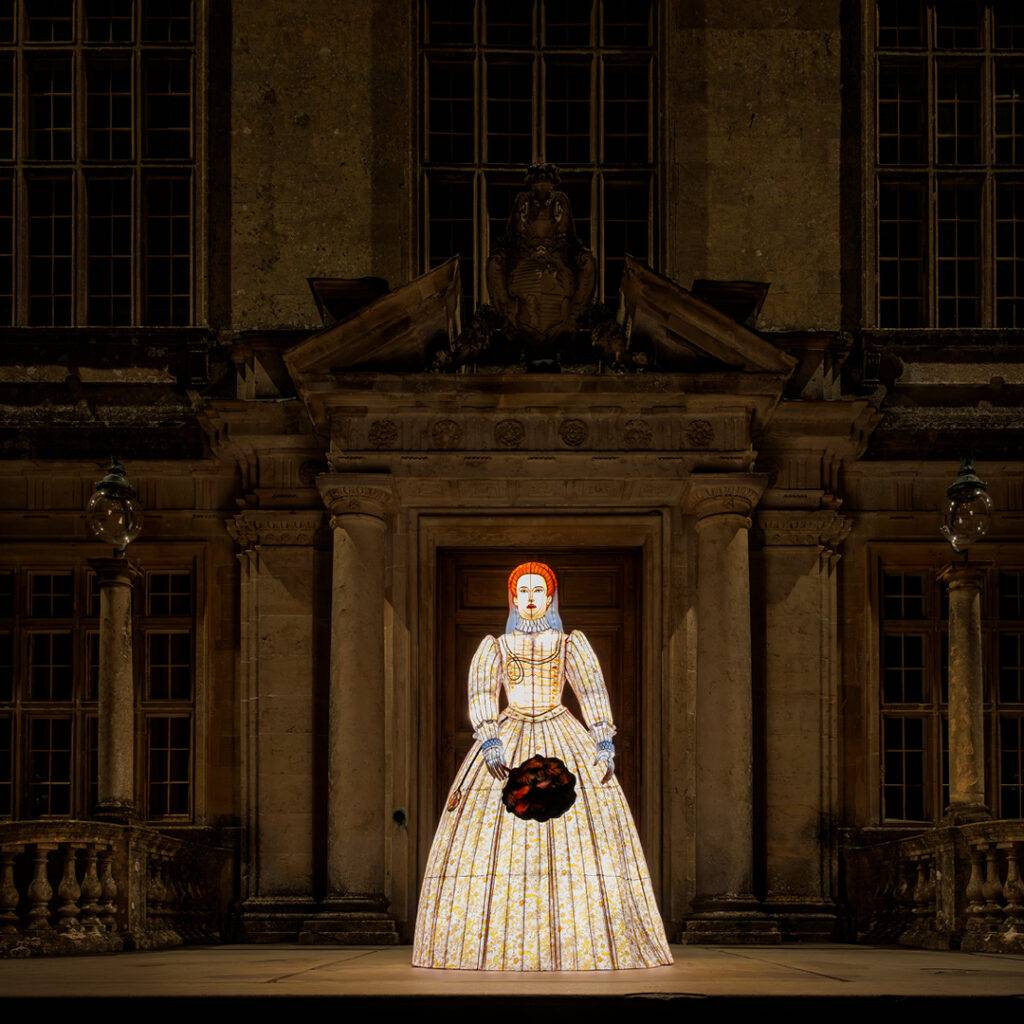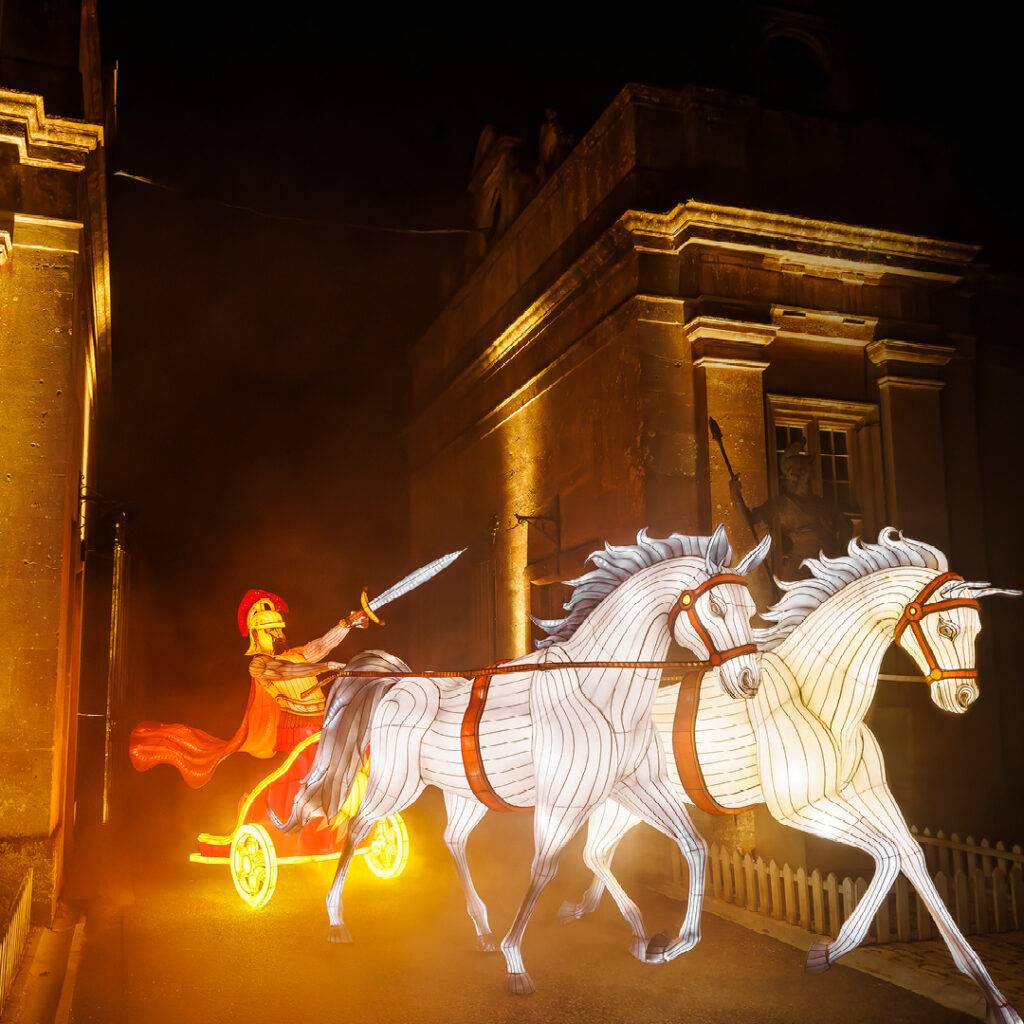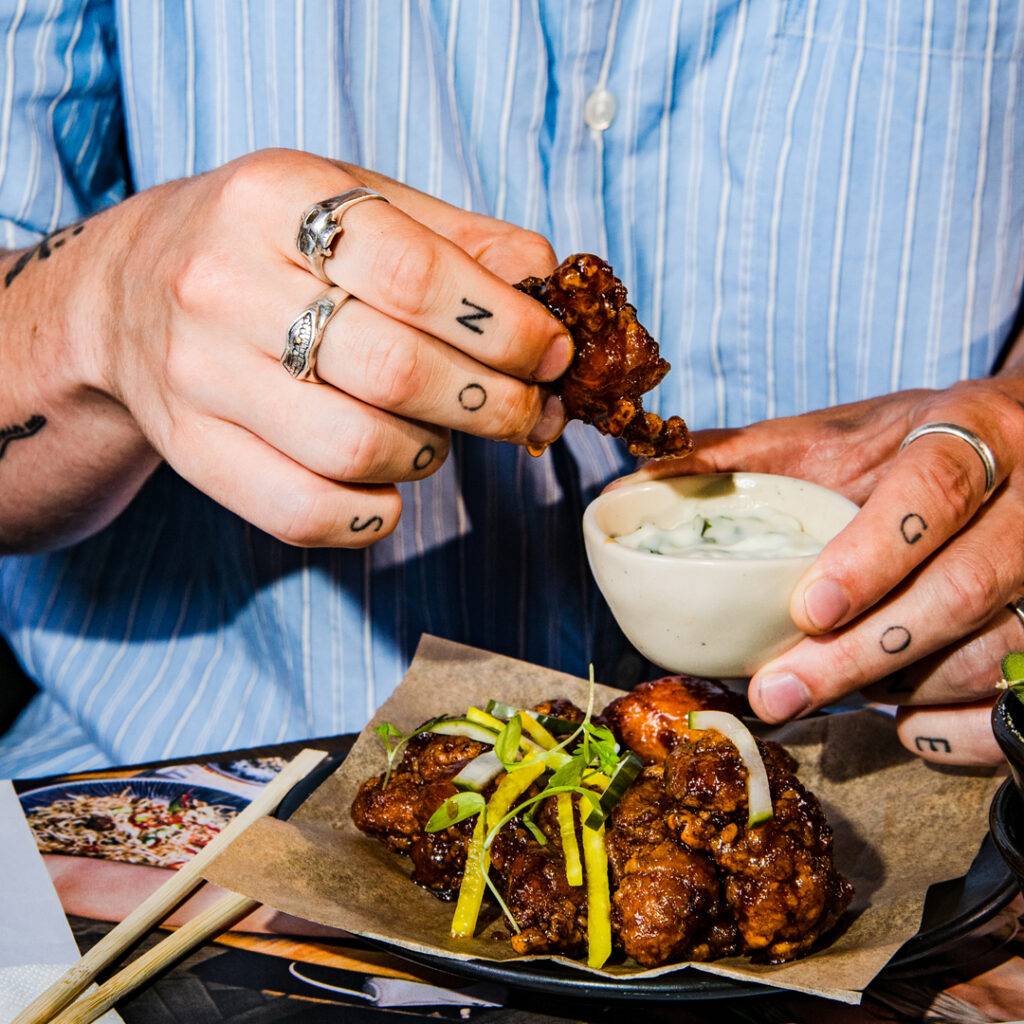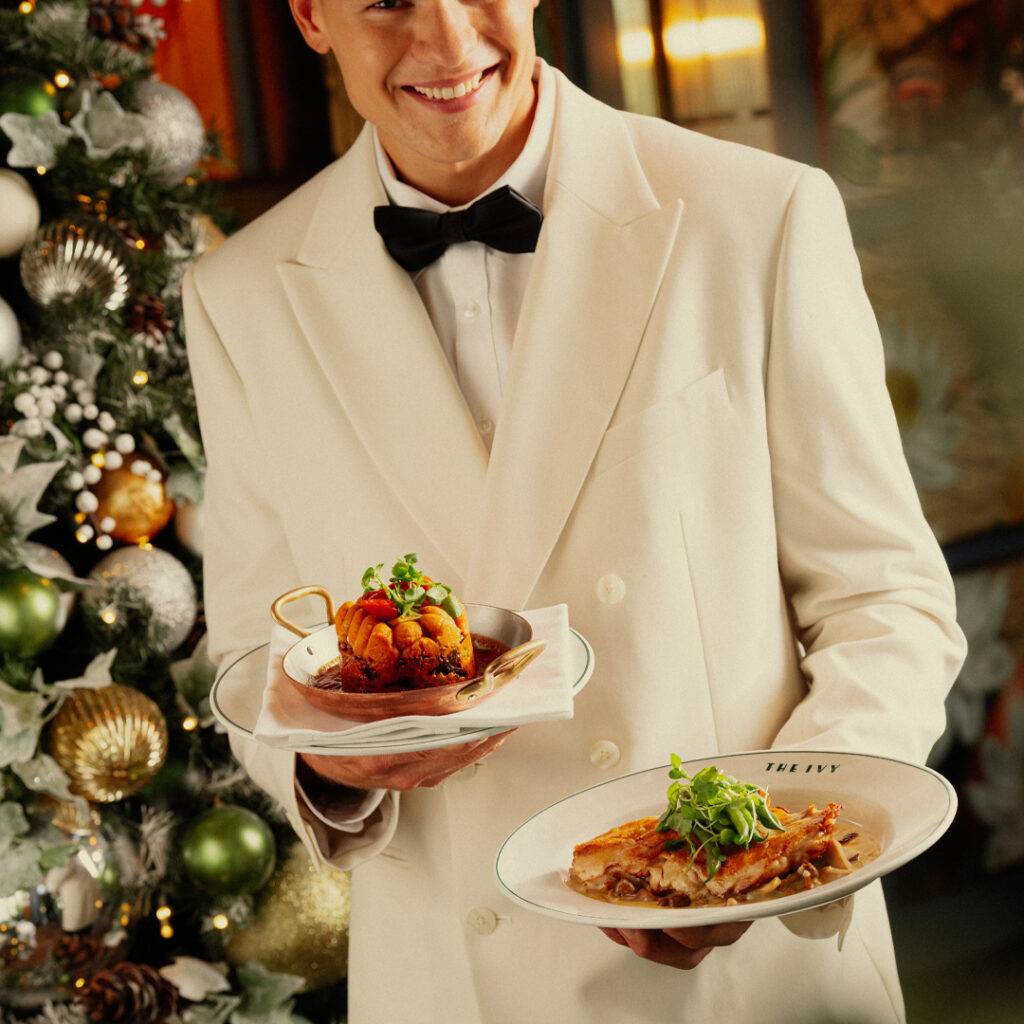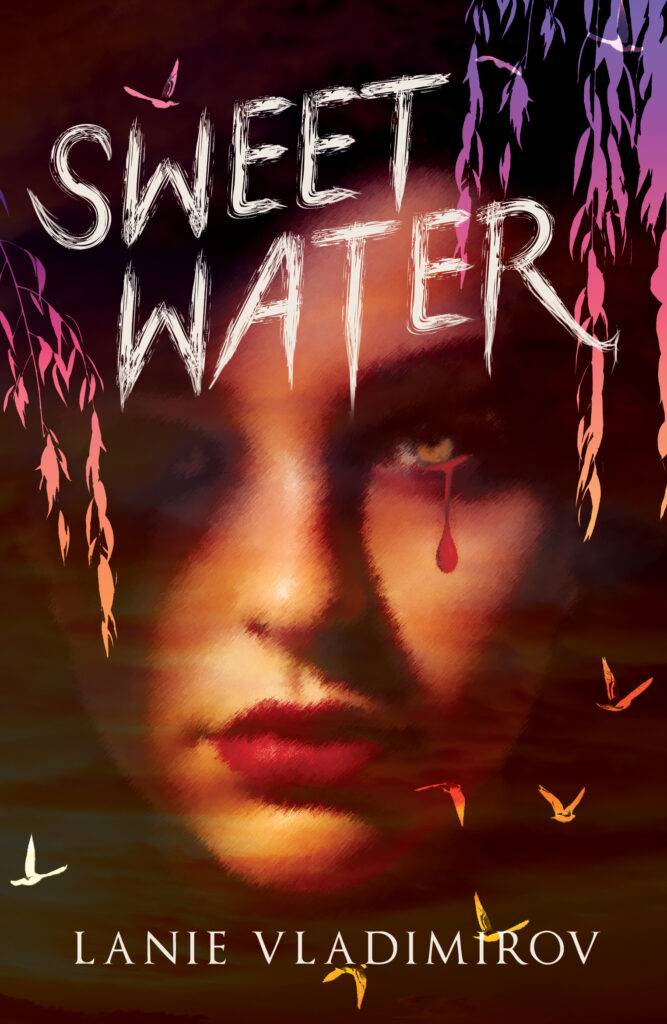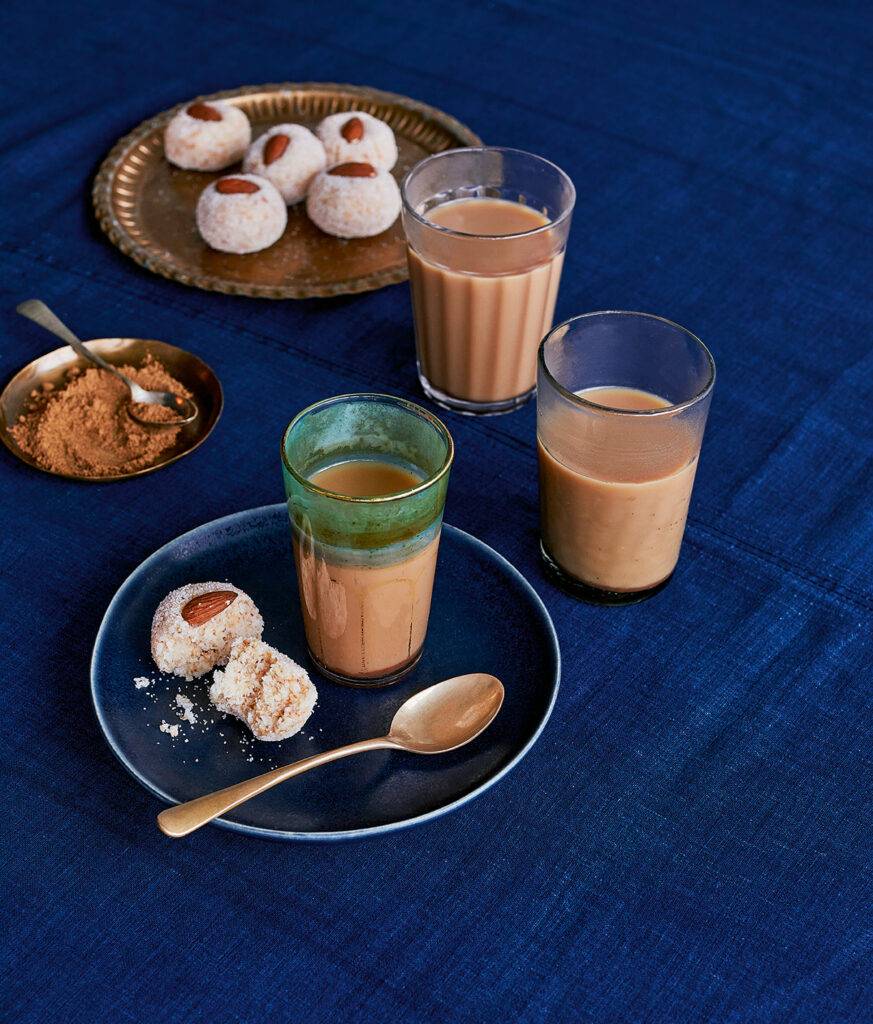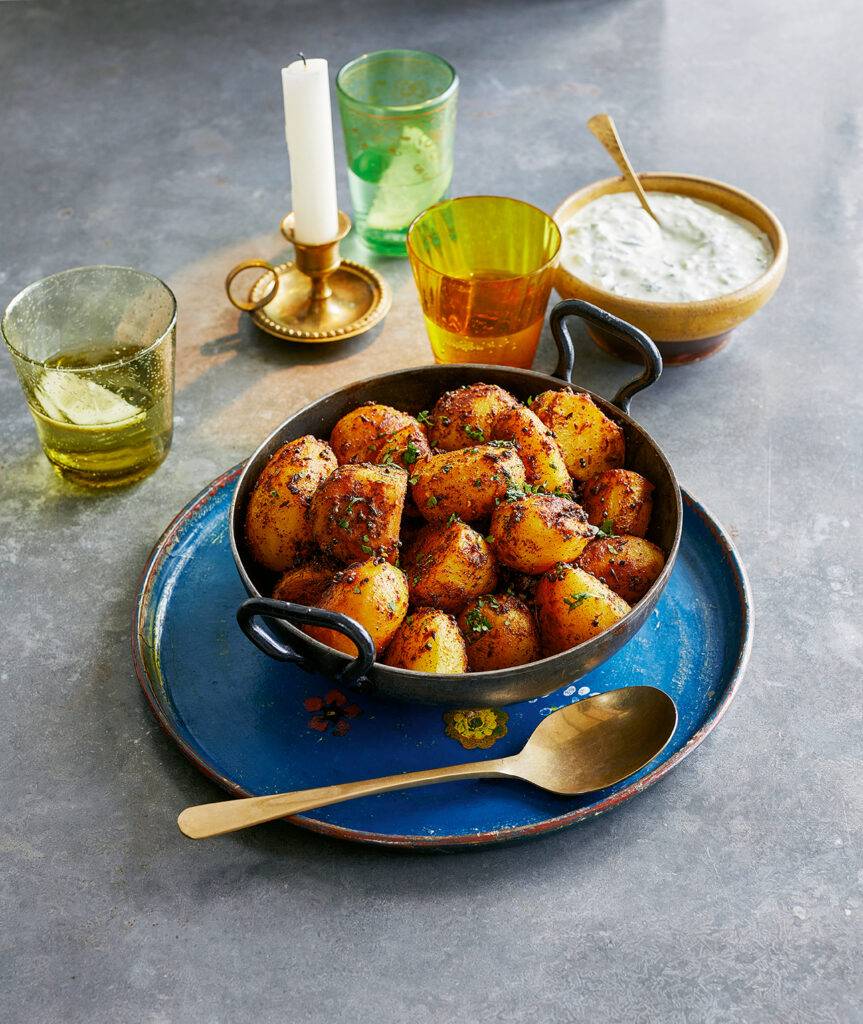The UK’s original festive light trail returns to Kew Gardens in London, November 13th to January 5th
Christmas at Kew returns with a showcase of new installations and world premieres which will allow visitors to see Kew Gardens’ UNESCO World Heritage Site in an entirely new light.
A firm festive favourite since 2013, Christmas at Kew has led the way for other festive light trails across the country, celebrating the best of nature by night and providing a plethora of opportunity to create magical memories.
Bringing Kew’s incredible natural architecture to life, this year’s trail will feature perennial favourites including pea lit trees, a festive funfair and the charming Christmas Cathedral.
This year’s trail will feature two world premieres, with bespoke new installations on display to visitors for the first time anywhere in the world as part of Christmas at Kew. Ombre by TILT takes the form of a series of giant plants in bloom, springing up from the landscape in a spectrum of vibrant shades. Threshold by Studio Vertigo is an illuminated helix-like shape, bathed in golden yellow light to evoke the warmth and joy of the festive season.
Camellia Walk will be transformed into a snowy lane, showcasing the spectacular tree canopy and evoking a wintery wonderland at the start of the trail. Other highlights include Fish are Jumping by Dutch artists TOER and Mist Arches by Culture Creative creating an atmospheric ambience across Kew’s Lake Crossing.
Other highlights on the trail include returning favourites such as the spectacular light show on the Temperate House, evocative Fire Garden and seasonal selfie-spot Christmas Cathedral. Many of the Kew’s striking plants and trees will be highlighted along the route, allowing visitors to soak up the spectacle of nature from a new perspective and bask in vibrant colour as twilight falls. The much-loved Palm House finale will return for 2024, showcasing Kew’s iconic glasshouse in showstopping style.
To add an extra touch of magic to the Christmas at Kew experience, visitors cam book a delicious traditional Christmas dinner at The Botanical Brasserie. Along the route, visitors can also find delicious food and drink from independent street food vendors.
As part of our 2021-2030 Sustainability Strategy, every year Kew works closely with Christmas at Kew event partners and suppliers to design and deliver a beautiful Christmas light trail in a way that is as sustainable as possible – and every year they are making improvements to achieve a lower impact Christmas at Kew event for thousands to enjoy. In 2005, Kew Gardens became the first World Heritage Site to achieve ISO 14001 accreditation. ISO 14001 is an internationally agreed standard for environmental management, helping organisations to improve their environmental performance through more efficient use of resources and reduction of waste.
Where possible, all lighting on the trail is LED and they are working hard to transition towards 100% LED lighting for the artworks which form the Christmas at KEW trail over the next couple of years. This year all Christmas at Kew generators are being run of renewably sourced biofuel.
Sandra Botterell, Director of Marketing and Commercial Enterprise at Royal Botanic Gardens, Kew, said: “Christmas at Kew is always a much-anticipated highlight of the year, and this year’s trail is already shaping up to be a truly magical season spectacle. With a selection of brand-new installations alongside firm favourites which have become iconic parts of the Christmas at Kew experience, we’re looking forward to welcoming visitors to enjoy the beauty of Kew Gardens by night later on this year.”
At Wakehurst, Kew’s wild botanic garden in Sussex, Glow Wild celebrates its 11th year with charming bespoke installations and the world’s largest living Christmas tree.
Tickets for Christmas at Kew and Glow Wild are available to purchase now at: Royal Botanic Gardens, Kew | Kew










